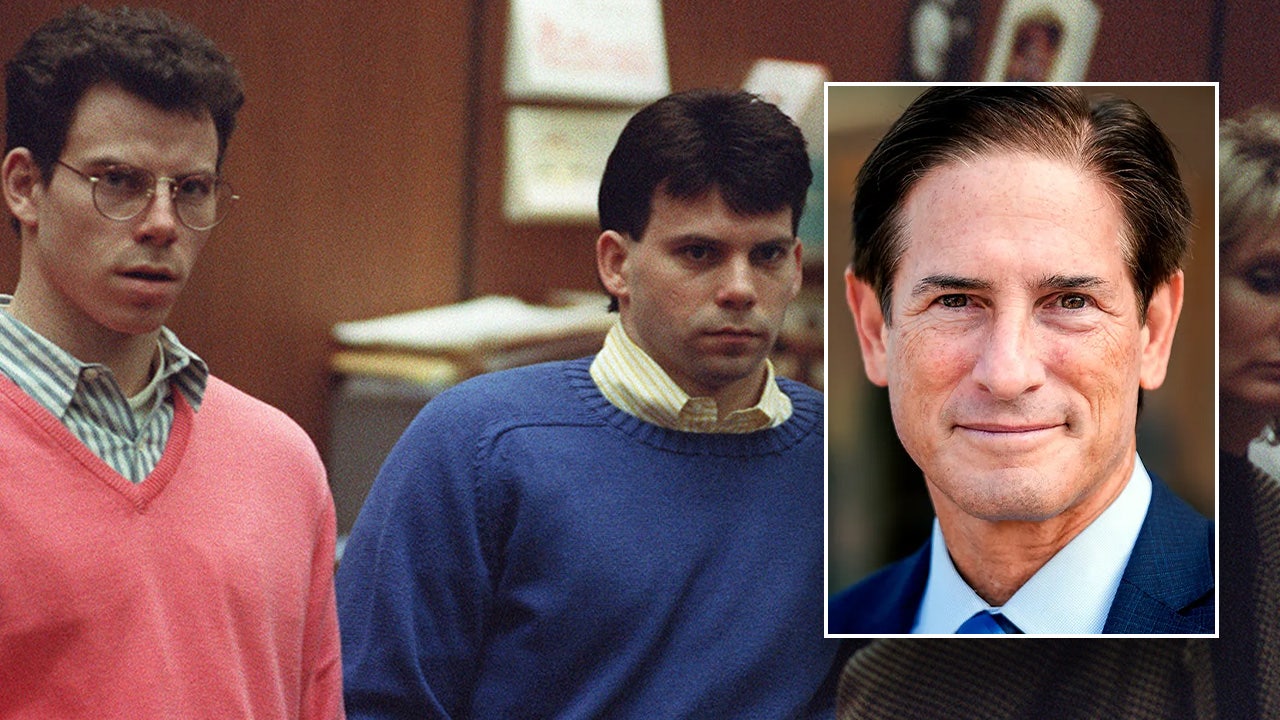How changes in Army training could limit troop brain injuries

Sending soldiers to the firing range once a week for a month instead of four days in a row might be able to improve their long-term brain health.
That’s one of the preliminary findings from Army researchers conducting baseline cognitive screenings in an effort to better track — and prevent — brain injuries among troops.
The project, which kicked off in August, created a database of troops’ normal brain functions to provide health officials with a baseline to compare against soldier brains following long deployments, head trauma or other potential damaging incidents. Officials are currently screening new enlistees and individuals in some high-risk jobs, with the goal of reaching all troops by fall 2026.
The service also plans to re-screen soldiers every few years.
“There are times that service members may sustain or have a cognitive change that they have not even recognized yet,” Dr. Steven Porter, a neuroscientist at the U.S. Army Office of the Surgeon General working on the project, said Tuesday at the Association of the U.S. Army’s annual conference. “What the testing will be able to do for us is to identify that change and catch it early, so we can prevent any sort of ongoing or continued injury.”
RELATED
The project is still in its early phases, so plans for new training schedules, new equipment development and new recovery programs for injured troops are still mostly theoretical.
But Sgt. Maj. Chris McNamara, human weapon system expert at Army Special Operations Command, told reporters during a presentation at the AUSA conference that preliminary data from blast sensors and brain screenings have started to show activities that cause low-level problems in troops’ heads, giving commanders tools to intervene early.
“When we used to go to our shooting ranges, we would stack [those sessions] all together so that you got training density,” he said. “Now most of our leaders, because they have better decision support tools with a blast profile, spread that out. Now it’s one day every week. And the blast density is lower, and they get more time to recover.”
Col. Jama VanHorne-Sealy, director of the Army’s Occupational Health Directorate, said officials hope to release a new servicemember brain health strategy next spring.
“What that strategy seeks to do is to address the brain health needs of the warfighter, to optimize brain health in multiple environments … and to address the readiness of the force and force health protection against known and emerging hazards,” she said.
“It’s important for the Department of Defense and for the Army to have solutions that really allow us to do the best that we can, to triage personnel, to diagnose folks in austere environments so that we can make smart practice decisions about how to best take care of warfighters.”
From 2000 to 2022, nearly 460,000 servicemembers were diagnosed with a traumatic brain injury during training or in combat, according to the Defense Department Inspector General. Officials said finding ways to treat those issues earlier could result in long-term benefits for individuals and force readiness.
Leo covers Congress, Veterans Affairs and the White House for Military Times. He has covered Washington, D.C. since 2004, focusing on military personnel and veterans policies. His work has earned numerous honors, including a 2009 Polk award, a 2010 National Headliner Award, the IAVA Leadership in Journalism award and the VFW News Media award.
Read the full article here







